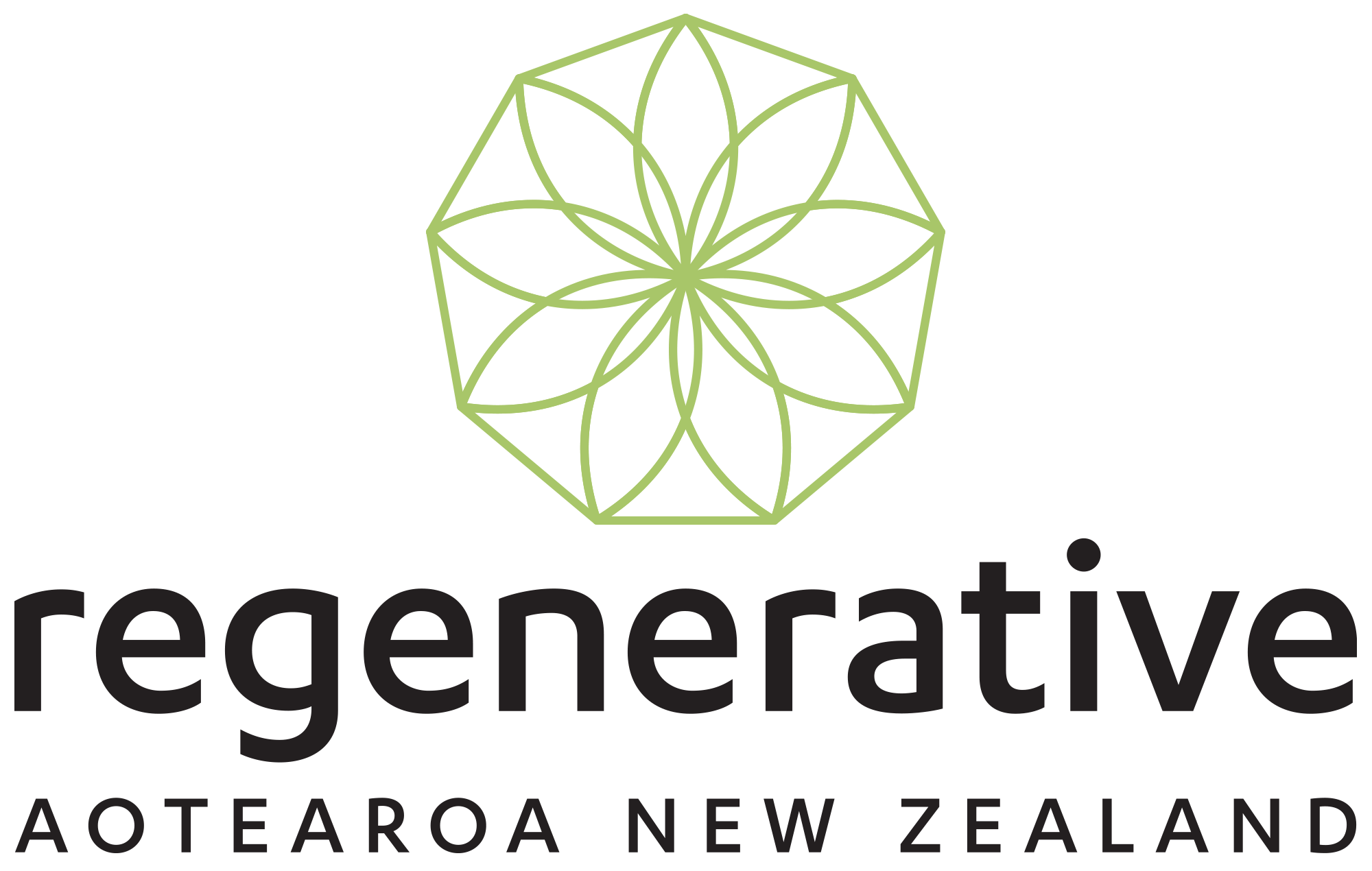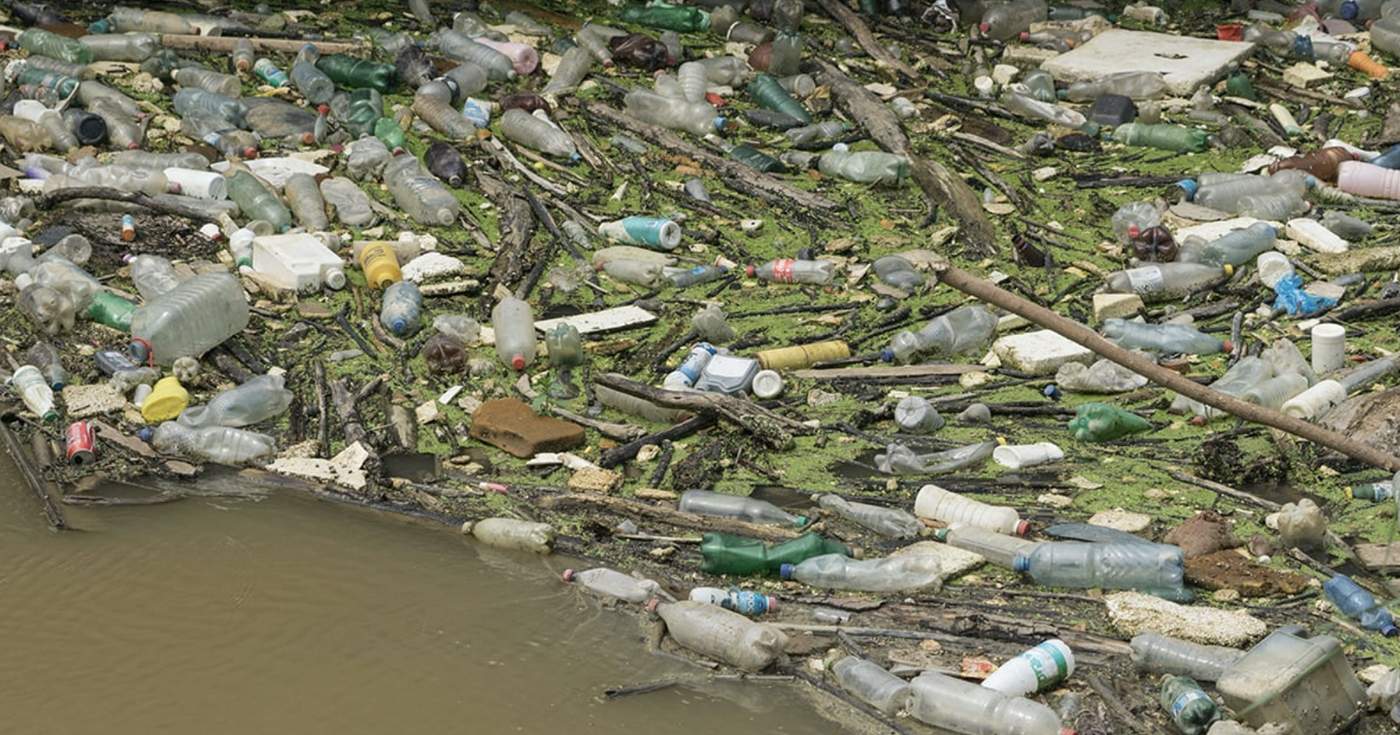Water covers around 71% of the Earth’s surface, and one of the main issues we are facing today is water pollution. We must reduce water pollution, which is why there are many solutions to combat the problem.
Sometimes water becomes polluted with chemicals such as oil, harmful bacteria, and other microorganisms. When water becomes polluted, water quality is reduced, often becoming toxic, negatively affecting animals, plants, and the environment. Just because you cannot see the problem or it disappears, it doesn’t mean that it just vanishes.
The best solution to prevent water pollution is to stop it at the source. Luckily, there are many solutions in reducing water pollution such as wastewater treatments, stormwater management, and water conservation.
In this article, we are going to cover what water pollution is, solutions to combat the issue, and how to measure water quality.
What Is Water Pollution?
Water pollution is the contamination of any water system or body, from lakes and oceans to groundwater. We are well aware of water pollution issues thanks to media coverage, especially as we are still producing harmful chemicals that find their way into our waters.
When water becomes contaminated, it has detrimental effects on both animals and plants (who rely on uncontaminated water), and the sensitive water environment.
Global warming is increasing, and it is an issue we cannot turn a blind eye to. With climate change and global warming, our precious planet is starting to edge towards a water crisis. Our global population is increasing, putting demand on water availability, and because of this, we are seeing an increase in waterborne diseases due to our waters becoming polluted.

